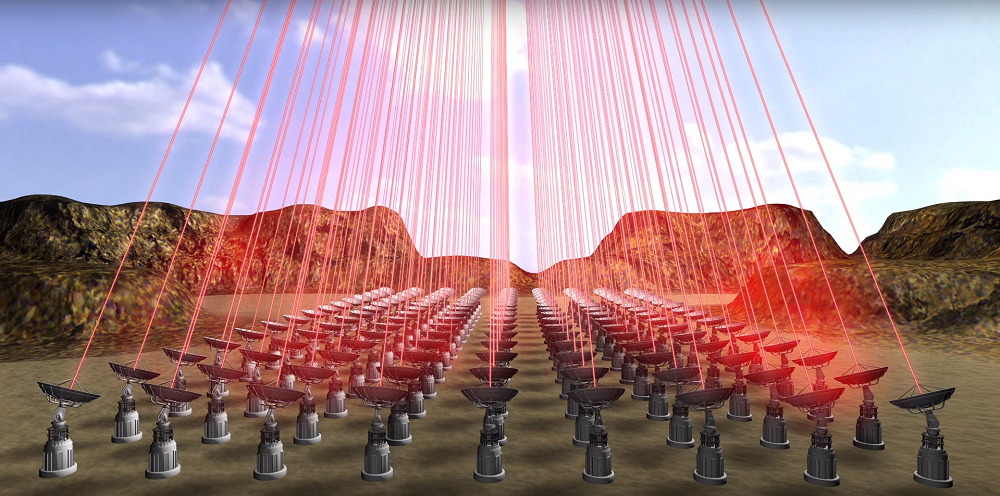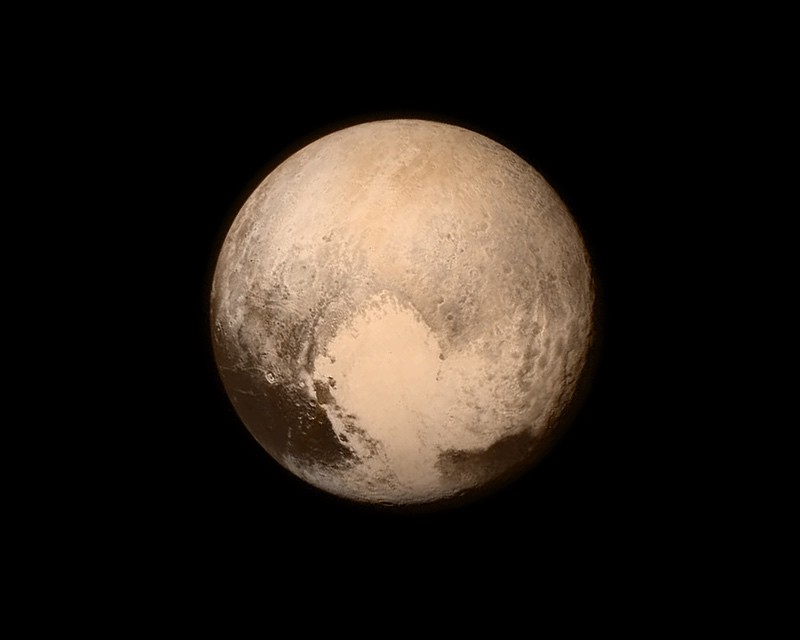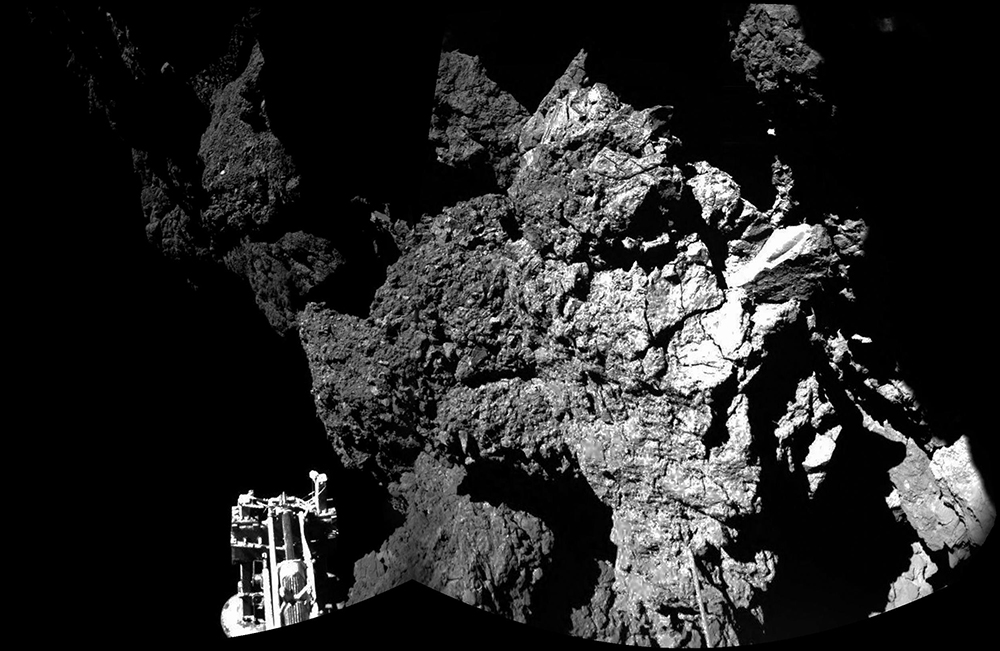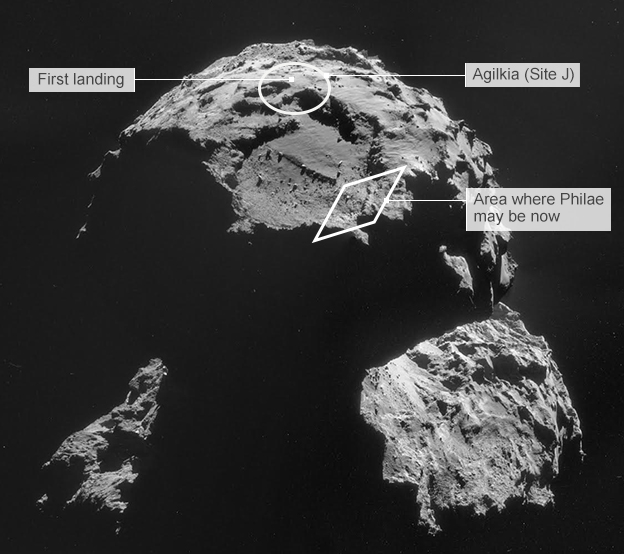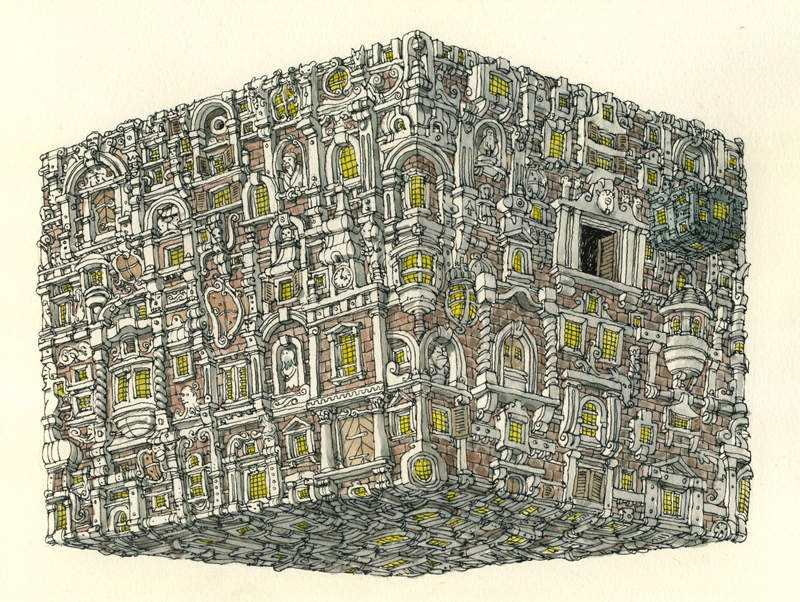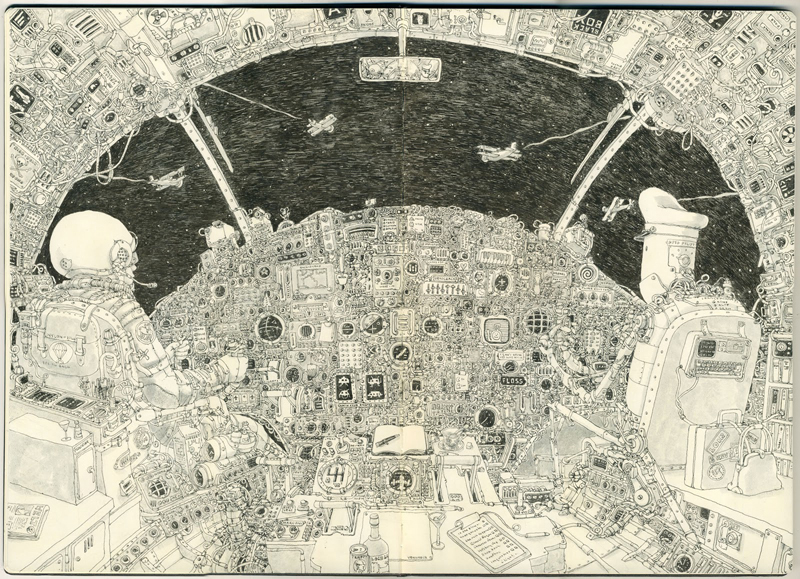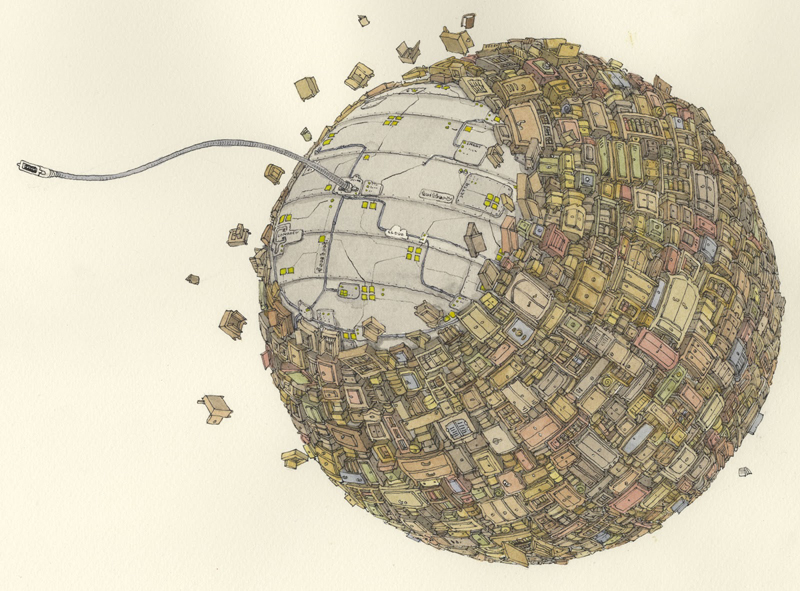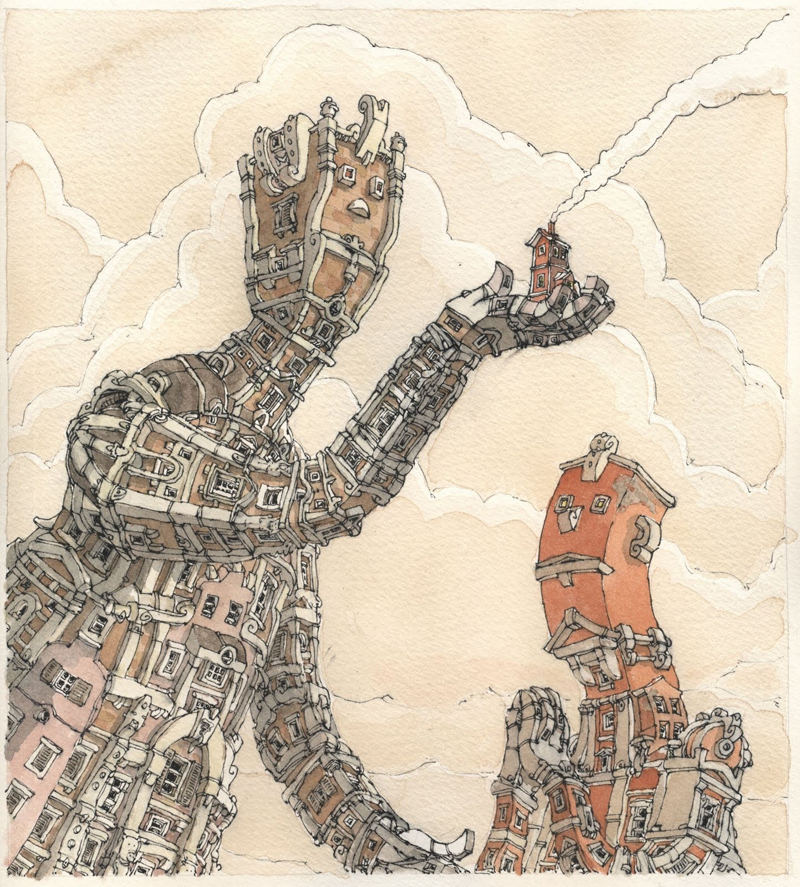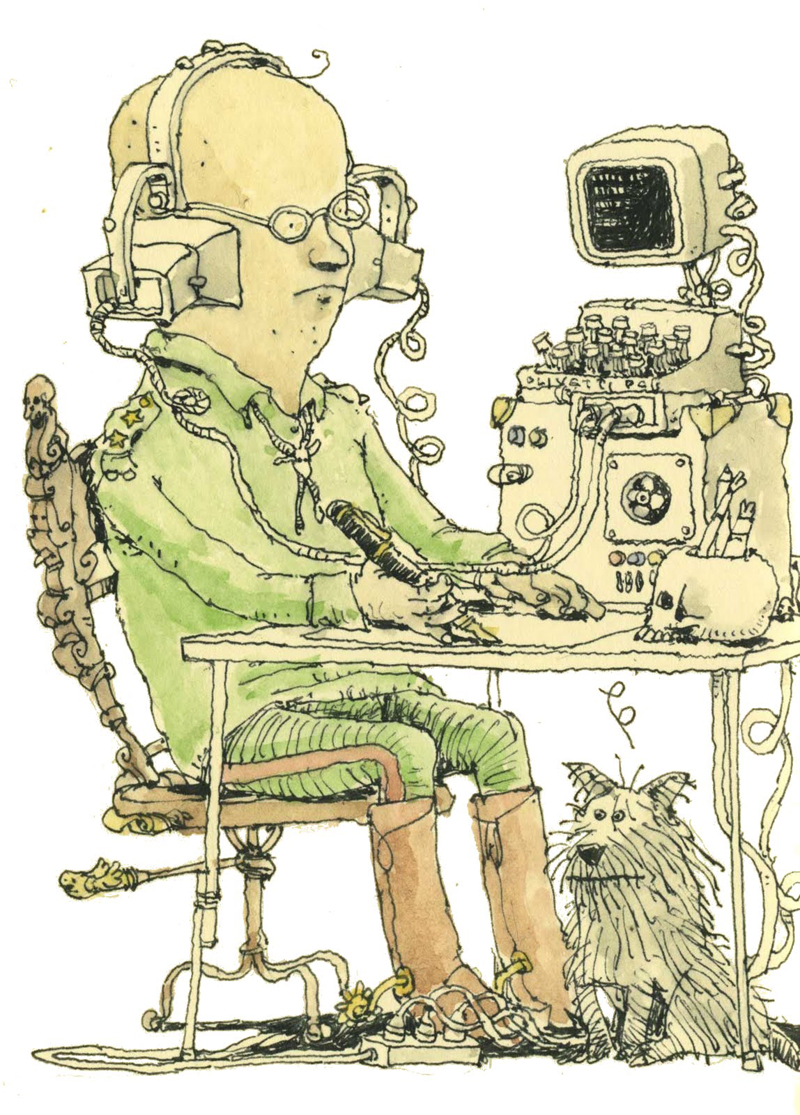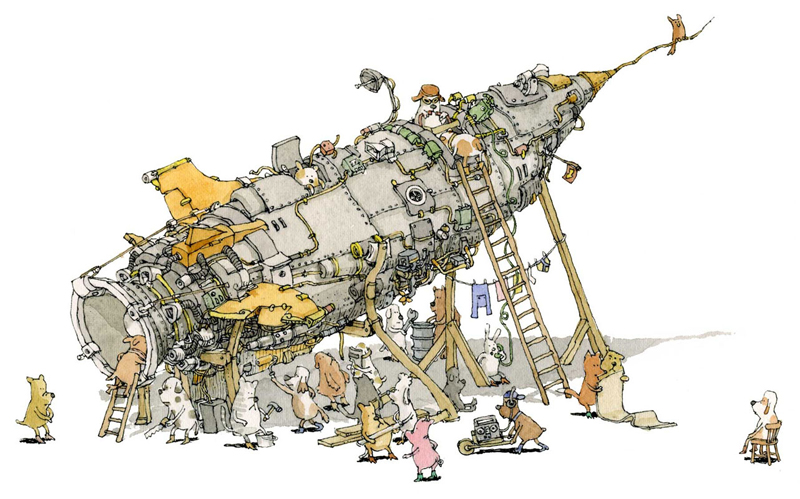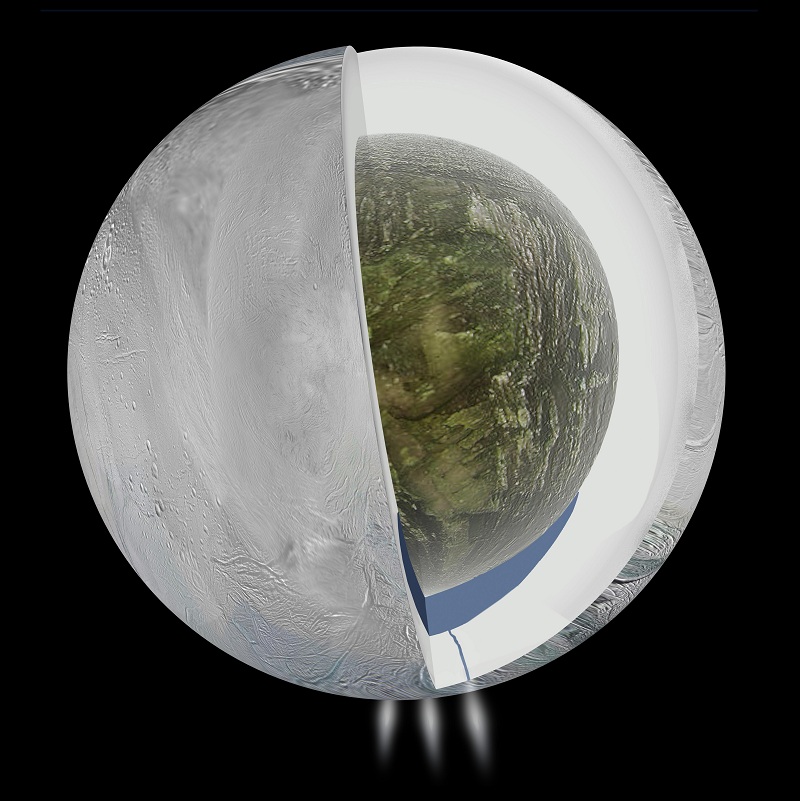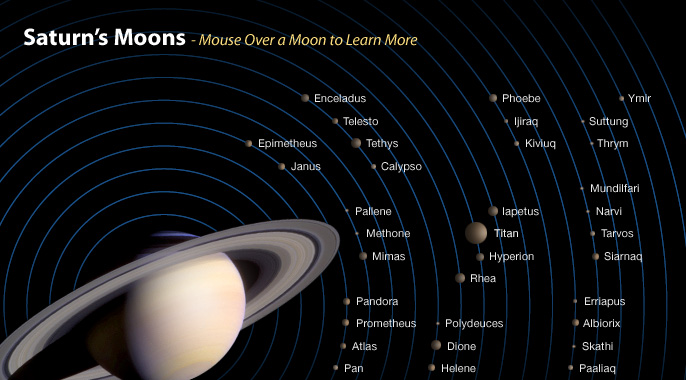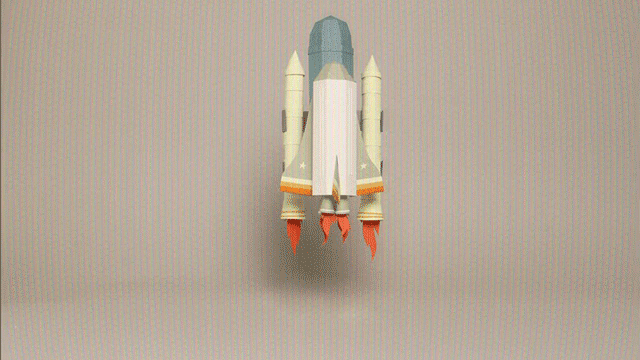Yuri Milner and Stephen Hawking revealed a plan today to send small robotic spacecraft 4.37 light years away to our closest neighbor solar system, Alpha Centauri, and send back pictures.
The basic idea is to send thousands of probes into space and then propel them forward with powerful laser beams from Earth. The nanocraft could then accelerate to 1/5th the speed of light and reach Alpha Centauri in approximately 20 years.
Of course there are 10’s of billions of dollars to raise for the mission and countless details to be worked out like building robust light sails, circuits that can withstand radiation in space and high gravity, and a suite of high powered lasers that work in perfect unison. However, if successful, we might get actual close-up pictures of a new solar system. Alpha centauri hosts three different stars and at least 1 known planet (and likely many more).
We all may be alive to see the launch, but we’ll have to wait about 20 years + whatever time it takes to beam back the images to see the fruits of the mission. Exciting nonetheless!
-RSB

